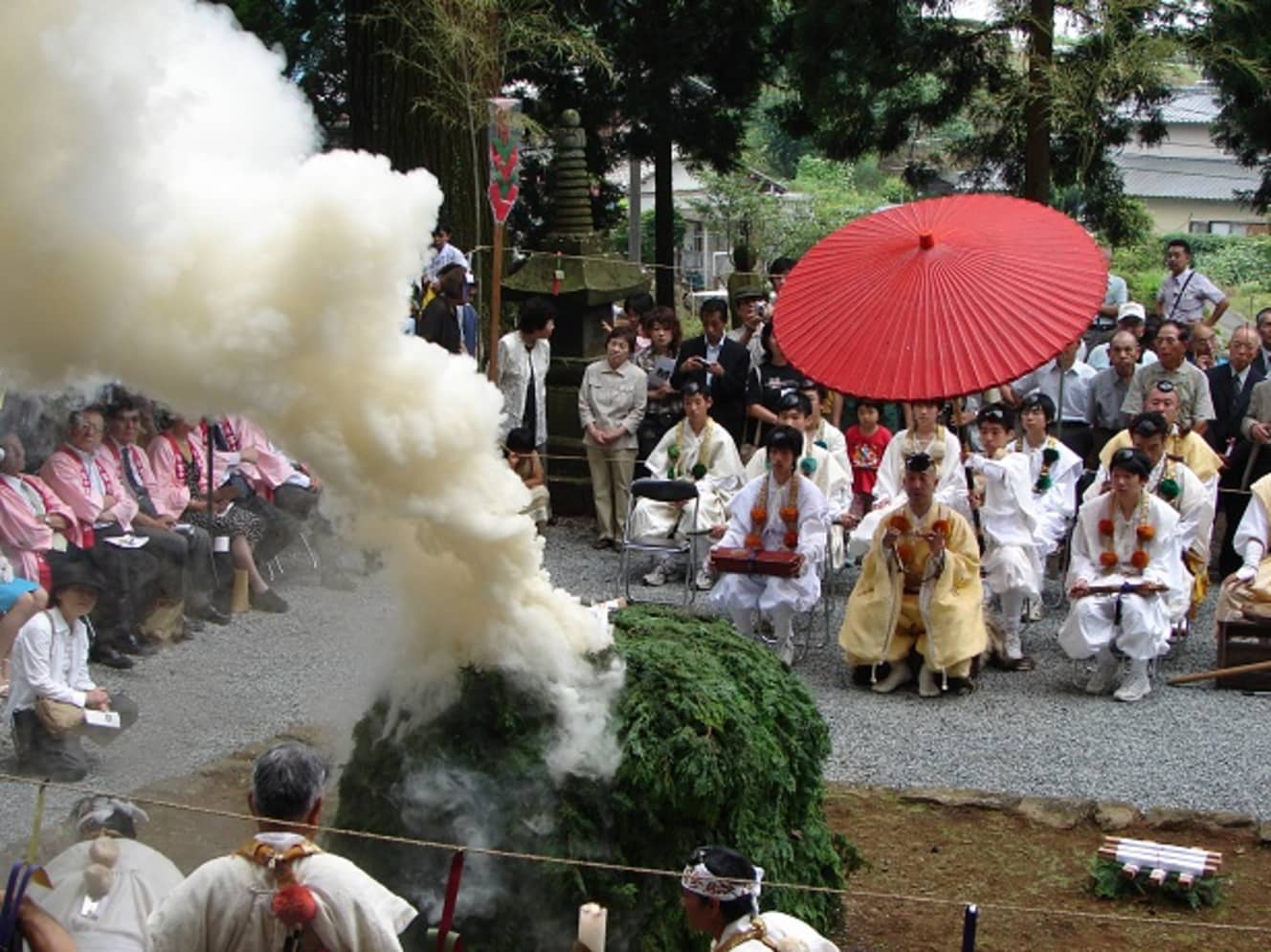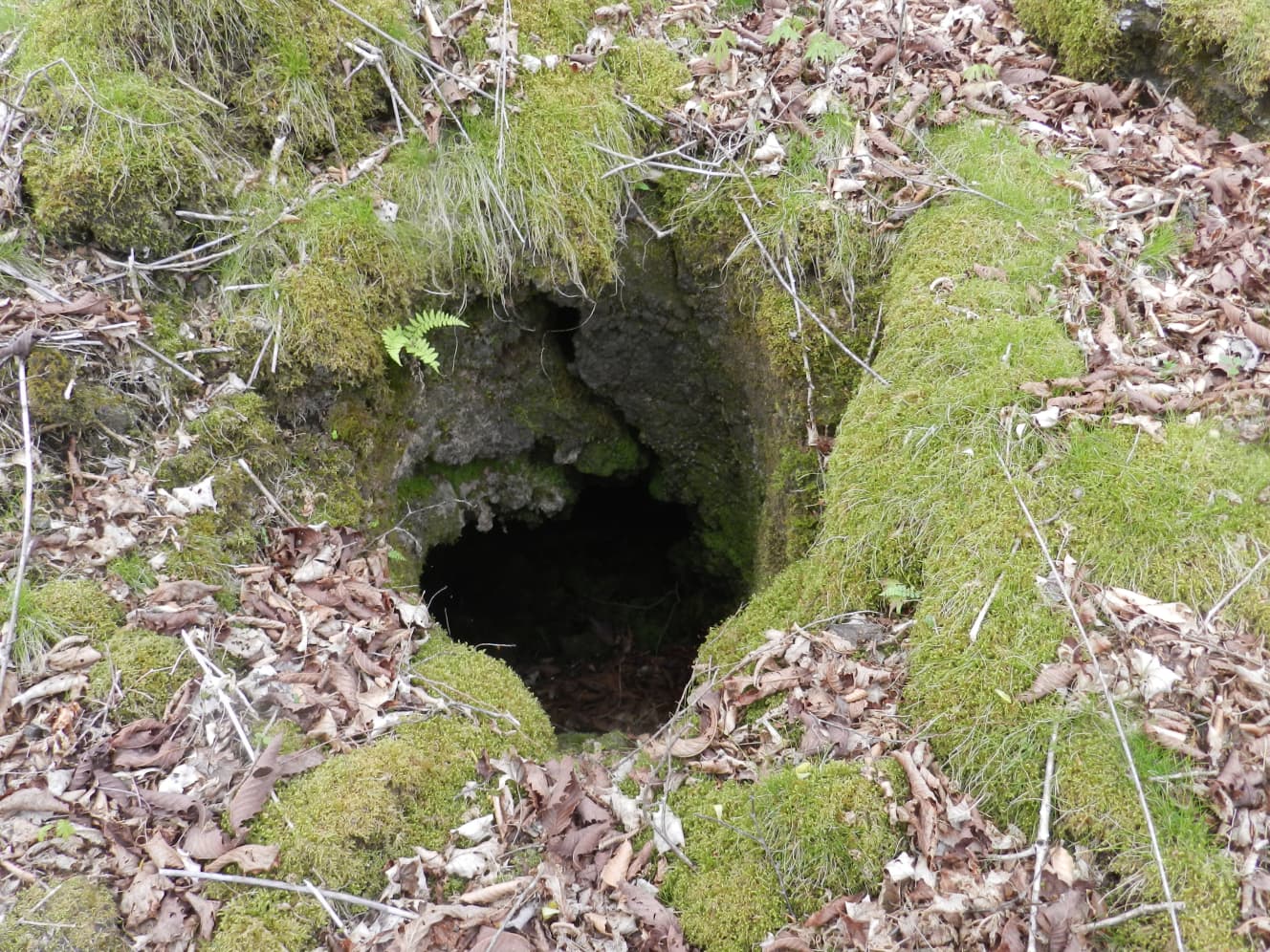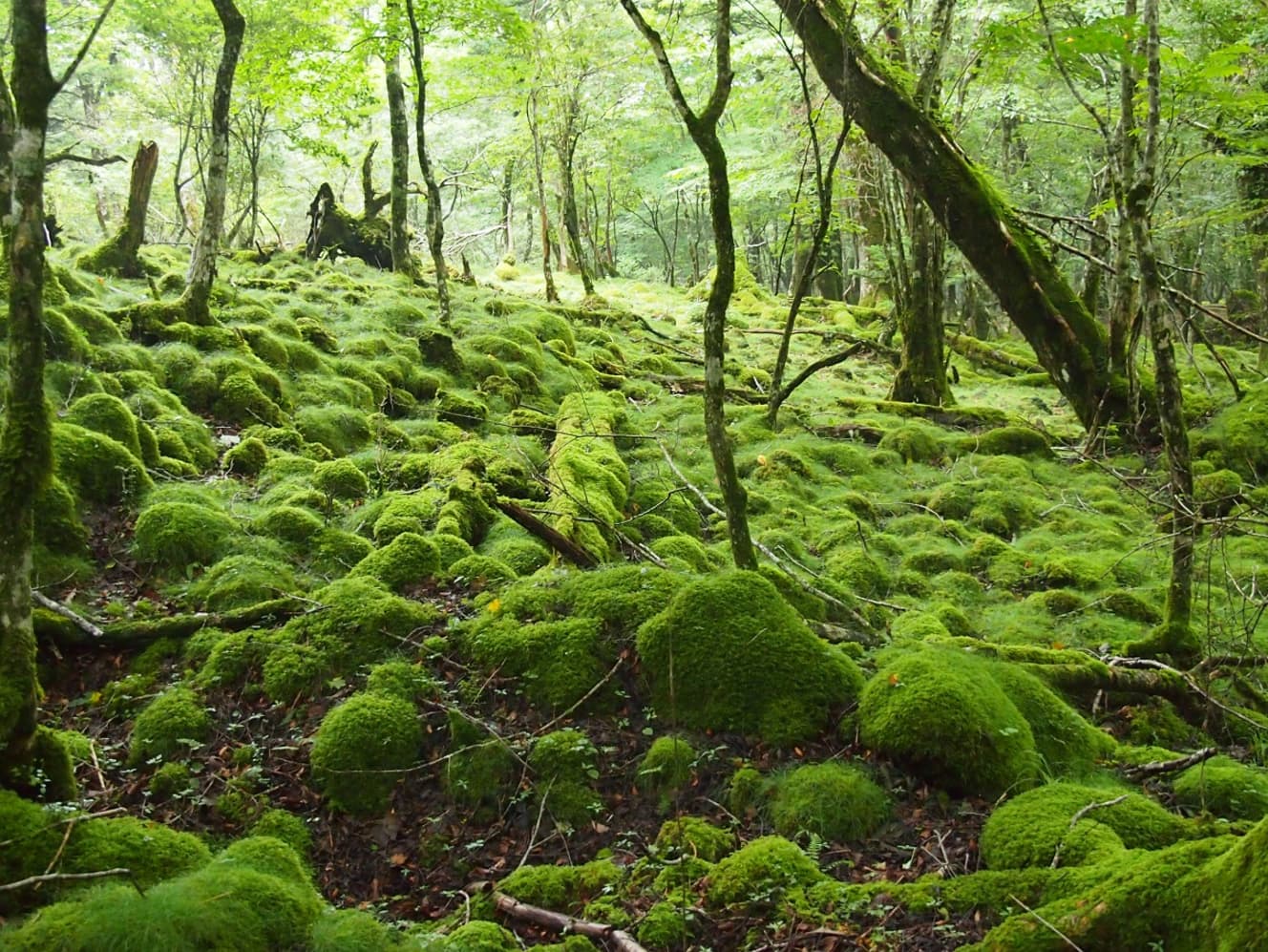Exploring Mount Fuji’s Ancient Murayama Old Trail
Mount Fuji Climbing Tours Existed Since the Sengoku Period.
By the way, if the climbing route was opened at the end of the Heian period, does that mean no one had climbed Mount Fuji before then?
“In the mid-Heian period, the Chinese literature scholar Miyako no Yoshika wrote in his ‘Record of Mount Fuji’ a description that matches the current view from the summit of Mount Fuji. It is likely that a local hunter got lost and ended up climbing the mountain, and that story was passed down to the capital and recorded in writing.
Later, a monk named Yoritaka began ‘Fuji Gyō’ (Mount Fuji ascents) for prayer purposes, which is thought to have led to the formation of ‘Murayama Shugendo,’ the practice of ascetic training on the Murayama Ancient Path.”
It is said that during the Kamakura and Sengoku periods, Mount Fuji worship was centered around Murayama Shugendo.
“At the end of the Sengoku period, an ascetic named Fujiwara Kakugyo proposed a new form of Mount Fuji worship. Unlike the strict training required by the Shugendo practiced by the yamabushi (mountain monks), this new system, called ‘Fujikō,’ was based on simple teachings focused on everyday life principles. It allowed anyone to make a pilgrimage to Mount Fuji by saving up travel expenses. This system became extremely popular among commoners throughout the Kanto region, especially around Edo.
As a result, the climbing route via Fujiyoshida on the Nakasendo highway from Edo prospered greatly. The climbing route at the Subashiri entrance also developed as an extension of pilgrimages to Mount Ōyama in Isehara City, which had been a religious site since ancient times.”
During the winter months, when climbing was not possible, the ascetics would travel around the country, recruiting people to participate in the Fuji pilgrimage. They would then lead these people on climbs up Mount Fuji.
“Those who couldn’t make the journey themselves would ask the ascetics to offer a talisman on their behalf.”
Incredibly, Mount Fuji climbing tours began as early as the Sengoku period.
A devastating blow to the Murayama Ancient Path came with the Meiji government’s anti-Buddhist movement known as Haibutsu Kishaku. Shugendo was banned, Buddhist facilities along the Murayama Ancient Path were destroyed, and climbers were diverted to the new routes from Omiya. Over time, the path was overtaken by trees and underbrush.
Volcanic landscapes are also a major attraction.
Following the ancient Murayama Shugendo pilgrimage route, which starts from the Tagonoura coastline and includes the Murayama Path, Murayama Ancient Path, and the Fujinomiya Trail up to the summit of Mount Fuji, has been established by Mr. Hatakabori for 11 years.
“On the Murayama Ancient Path, you can still see remnants of Shugendo, such as the Fudauchi-ba, Nakamiya Hachiman Shrine, Sasagori, and the Ichinokido ruins.” (says Mr. Hatakabori)
He also highlights the unique natural features of the Murayama Ancient Path as part of its appeal.
“Mount Fuji itself is a relatively young volcano, having formed only about 10,000 years ago. It consists of lava flows that have cooled and solidified into rock, and volcanic ash has allowed grasses and trees to grow on top. However, only moss grows on the rocks, while trees spread their branches from gaps in the rocks. You can also see ‘lava tree molds.'”
When lava flows into forests, the trees are burned away, leaving behind chimney-like molds. These lava tree molds come in various shapes and can be seen along the Murayama Ancient Path.
While climbing from the fifth station to view the sunrise is tempting, taking a leisurely walk from the base to enjoy the natural beauty of Mount Fuji is also highly recommended.




Masao Hatakabori was born in Hiroshima Prefecture. He started hiking during high school and has spent over 60 years exploring many mountains in Japan. Recently, he has been focused on creating a database of Mount Fuji by reviewing newspapers from the Meiji, Taisho, and early Showa periods. He is also the secretary-general of the Yamagaku College.
Interview and text by: Izumi Nakagawa PHOTO: Courtesy of Mr. Misohachi Hatakabori